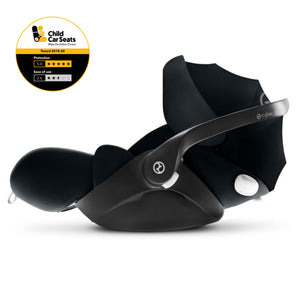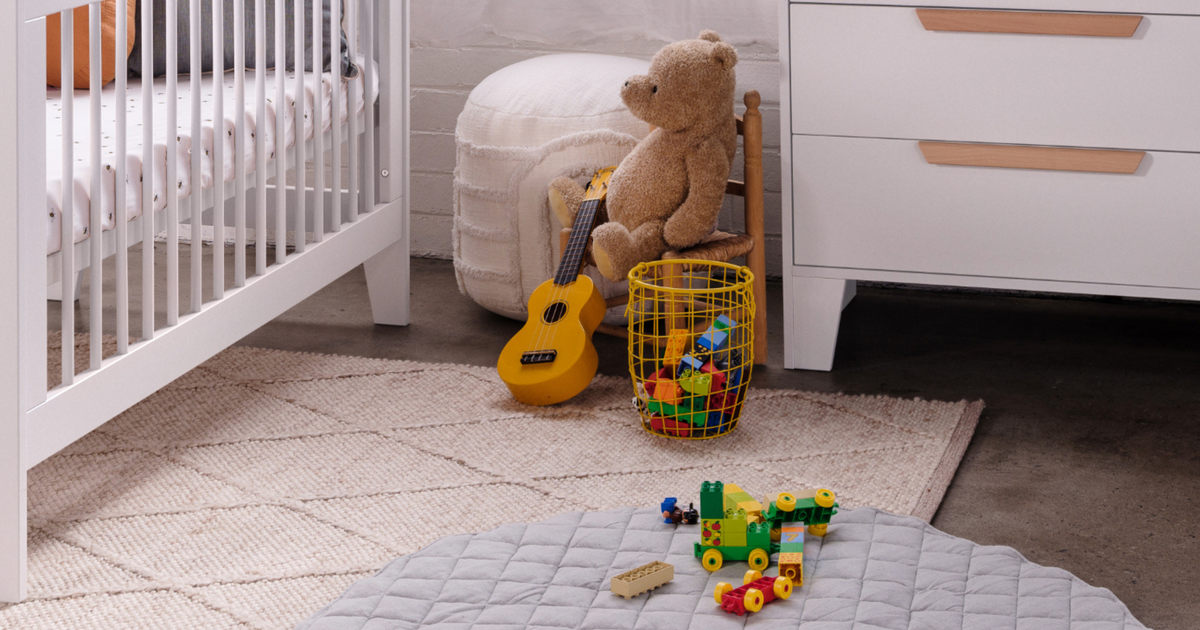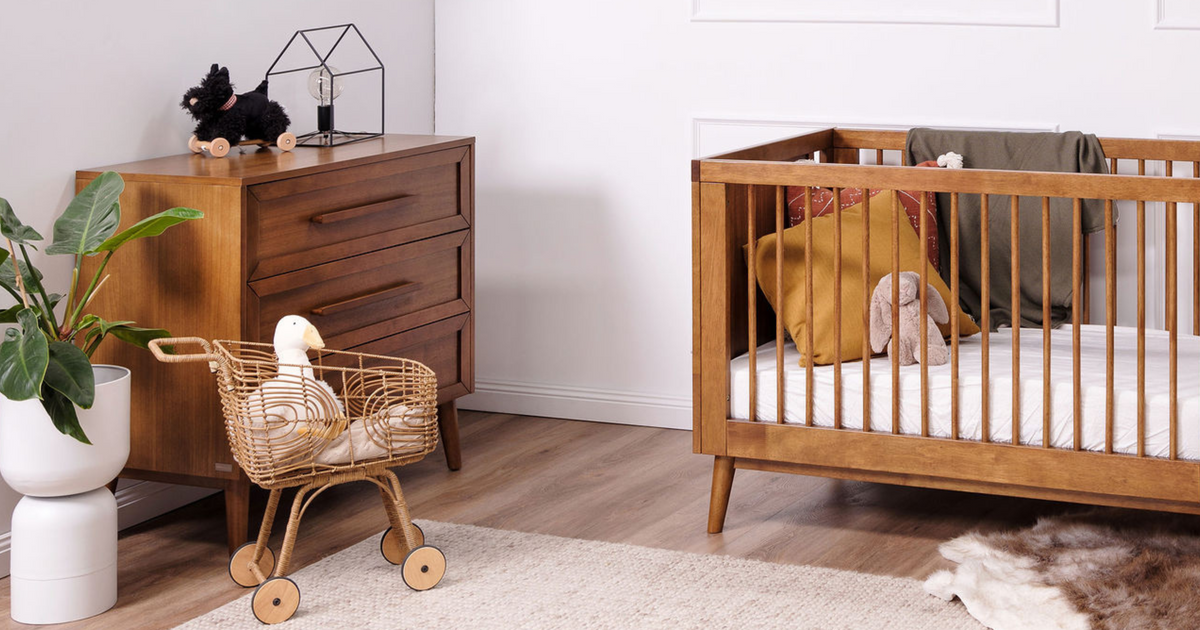Your guide to Parental Leave Pay in Australia

Amidst the anticipation and excitement you will be feeling as an expectant parent, you may also be anxious about your financial situation. A new child brings with it increased costs including medical costs and all the items you need for your new baby.
During your pregnancy, it's important to get an understanding of your entitlement for Parental Leave Pay. Eligible parents will receive up to 18 weeks of Parental Leave Pay while you care for your new child. Here's some helpful information relating to Parental Leave Pay.
Am I eligible?
To be eligible for Parental Leave Pay you must:
- Be the primary carer of a newborn or newly adopted child
- Have individually earned less than $150,000 in the last financial year
- Not be working during your Paid Parental Leave period except for allowable reasons
- Have met the work test
- Have registered or applied to register your child's birth with your state or territory birth register, if they're a newborn
- Be living in Australia and have either an Australian citizenship, a permanent visa, a Special Category visa or a certain temporary visa. Read more about Meeting residence rules.
Read more on the Services Australia website.
How much is Parental Leave Pay?
Parental Leave Pay is based on the weekly rate of the national minimum wage. You can get it for up to 18 weeks, which is 90 payable days. It is currently $150.78 per day before tax. So the maximum you can get is $13,570.20 before tax (these rates are current as at December 2020).
Is there tax on Parental Leave Pay?
Yes, Parental Leave Pay is taxable income. If you claim Parental Leave Pay through your employer, they will withhold tax at normal PAYG Withholding rates. If Centrelink is paying you directly, they will withhold 15% PAYG Withholding tax, unless you ask for a different rate. Either way, your actual tax on Parental Leave Pay will be calculated with your individual tax return and there may be extra tax to pay or tax refunded with the lodgement of your tax return.
What is the Work Test?
To meet the work test, you need to have worked for both:
- 10 of the 13 months before the birth or adoption of your child
- A minimum of 330 hours, around 1 day a week, in that 10 month period and had no more than a 12 week gap between 2 consecutive working days (if your child's birth or adoption is before 1 January 2020, you can't have more than an 8 week gap)
Things to note:
- Periods of JobKeeper Payment also count as work
- If COVID-19 affected your work, you may be able to use an extended work test when you claim. If you're eligible, you'll be able to use work you did before COVID-19 affected your employment. Read more about the extended work test.
- Some exceptions to the work test apply for pregnancy related illness, complications and premature birth.
- If your baby's birth is on or after 1 January 2020, a Dangerous Jobs provision may apply.
What counts as 'Work' for the Work Test?
A working day is either a day when you have worked for at least 1 hour, or paid leave such as sick leave, annual leave and paid maternity leave. Read more about Activities that count as work.
You may still meet the work test even if you're not paid a salary. This includes if you're working in a family business or self employed, if you're undertaking the work for financial reward or gain, even if the business does not make a profit. Read more about Self employed parents
Examples to help you apply the work test
When to claim
To get the full 18 weeks pay, you need to claim no more than 40 weeks after the birth or adoption of a child (or 34 weeks, if the birth or adoption was before 1 July 2020).
You can claim up to 3 months before your child's due date. It is best to claim before your child's birth or adoption. Your payments won't start until after the birth or adoption. You can submit the claim before the birth or adoption, but the claim won't be finalised until you submit proof of birth or adoption.
Read more about Claiming timeframes.
How to claim
Here is the guide on how to claim Parental Leave Pay
Before your Parental Leave Pay can start, you need to make the claim and provide all supporting documents including proof of birth or adoption.
How will I receive the payment?
Usually your Parental Leave Pay will be paid via your employer through their normal pay cycle.
In some circumstances, you may receive Parental Leave Pay direct from Centrelink (for example, if you're self-employed or no longer employed). In this case, Centrelink will pay the after-tax amount into your account every 2 weeks.
Read more about Getting your payment
Dad and Partner Pay
In addition to Parental Leave Pay, your partner may be eligible for Dad and Partner Pay. Dad and Partner Pay is a 2 week payment for the child's biological father or the partner of the birth mother. It is the same rate as Parental Leave Pay. Read more about Dad and Partner Pay on the Services Australia website.

This article is a general guide only, and is up to date as of December 2020. For the most updated information, check the Services Australia website. Parental Leave Pay. Dad and Partner Pay.




